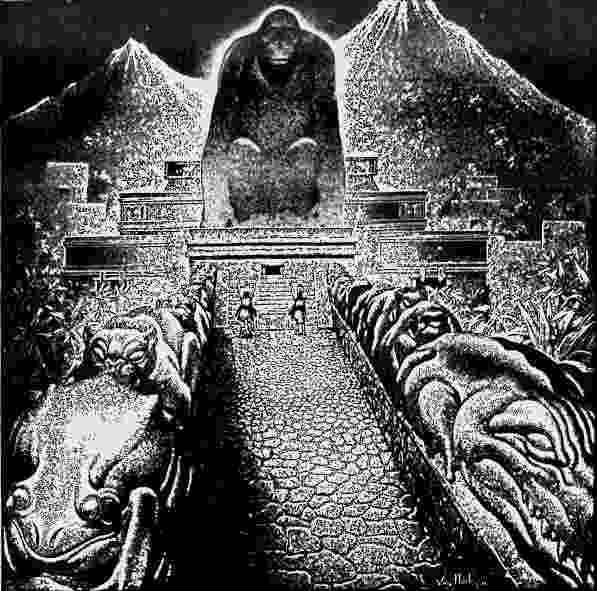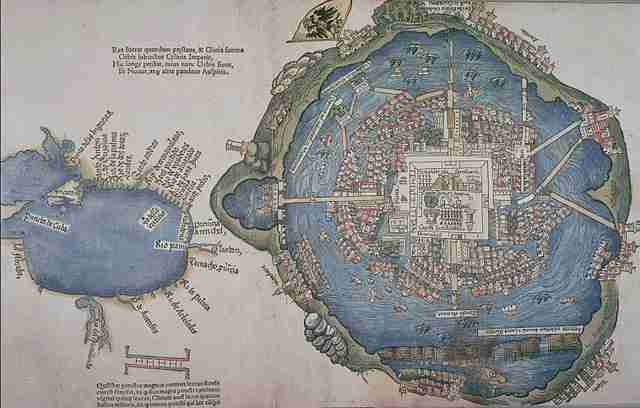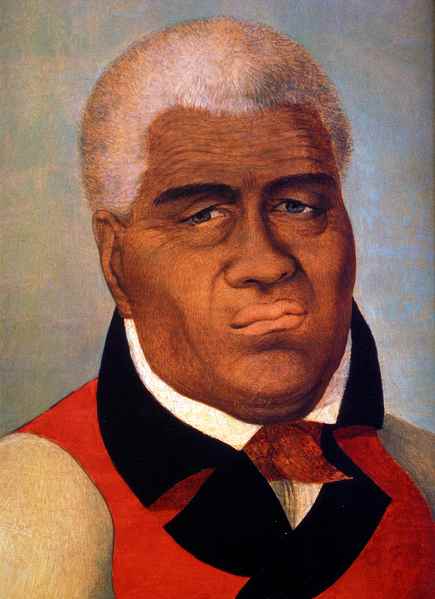La Ciudad Blanca | The Lost City of the Monkey God
La Ciudad Blanca is a historical settlement in the Mosquitia region of the Department of Gracias a Dios in eastern Honduras. The White City is another name for it.
Because of the multiple variations of the myth throughout the area, most expert archaeologists dispute that it refers to only a single genuine village, let alone one representing a Pre-Columbian city.
They point out that the region has numerous large archaeological sites, and allusions to the legendary White City cannot be verified to relate to a single location.

Mosquitia’s ancient inhabitants are one of Central America’s least-known societies, with the most substantial building phase lasting 800-1250 AD.
But only a few have been systematically mapped and explored thus far, and significant areas of the region remain unknown. The legend of La Ciudad Blanca, a popular feature of Honduran mythology, has been the topic of numerous films, television programs, books, and articles.
Who is Monkey God, and What is His Lost City?
The locals claim that a massive statue of a monkey was buried at La Ciudad Blanca, but it was difficult to find due to the dense forestation in the rural area. The legend of the statue earned the white city the nickname “City of the Monkey God.”
According to the monkey god’s legend, a Huge monkey snatched three ladies and fell in love with them, giving birth to half-monkey, half-human children. Urus is the native word for monkey, meaning “sons of the hairy men.” Their forefathers are the Ulaks, half-man and half-spirit, who lived on the earth, walked straight and resembled big hairy ape-men.

For a century, explorers and prospectors told stories about the white towers of a lost city seen above the jungle canopy. Indigenous legends tell of a white city or cacao plantation where Indians sought shelter from Spanish conquistadors—a wondrous, Eden-like utopia from which no one ever returned.
La Ciudad Blanca legends have been passed down since at least 1526 when the Spanish adventurer Hernan Cortez warned King Charles V about a mystery province called Xucutaco, which Must outweigh Mexico in terms of wealth and equal the size of towns, population, and governance.
Many explorers have set out in pursuit of the lost city, venturing deep into some of Honduras’ most complex and inaccessible rain forests. There were no riches or ruins discovered.
While flying over eastern Honduras in 1927, aviator Charles Lindbergh reported seeing a “white city.” Eduard Conzemius, an ethnographer from Luxembourg, was the first scholar to cite the ruins under the name La Ciudad Blanca (White City) in 1927.
Theodore Morde, an American adventurer, discovered La Ciudad Blanca in 1939 while on a journey to uncover the Monkey God’s lost city. He had heard many myths and legends regarding the existence of native Indians.
Morde recalled walking kilometers through marshes, rivers, and mountains before coming across ruins that he mistook for the remains of a walled city when he returned to the United States.
He claimed to have evidence of massive, damaged buildings in an essay for The American Weekly, a Sunday magazine tabloid produced by fantasy fiction author A. Merritt. According to his Paya guides, there was once a temple with a wide staircase leading to a statue of a “Monkey God.”
Morde returned with thousands of objects, including stone blades, a flute, stone statues, and stone utensils. Morde also claimed to have discovered gold, silver, platinum, and oil in La Ciudad Blanca.
Unfortunately, Morde died strangely before revealing the precise site of the lost city.

Has the Lost City of the Monkey God Been Found?
Yes, it was discovered in 2012. Steve Elkins led a privately sponsored lidar study that found intricate ancient sites beneath the rainforest cover and a joint Honduran-American expedition to validate the lidar data. This was the first well-documented finding of La Ciudad Blanca, the Monkey God’s lost city.
Elkins discovered more indications regarding the likely location of an old city in a vast dip in a forest surrounded by mountains in 2012, using a technique known as light detection and ranging, or lidar. Laser pulses pinged off the ground as the survey plane buzzed over the jungle, measuring the heights of structures buried beneath dense jungle cover.
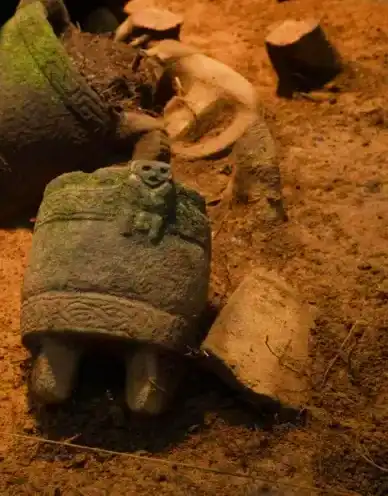
When the team visited the site in 2015, they could confirm the presence of large abandoned prehepatic settlements, document plazas, roads, canals, earthen structures, including a pyramid, and concentrations of artifacts.
This includes decorated cylindrical stone vessels and metates, proving the existence of an ancient city.
The official name of the mapped leading archaeological site has been changed to Jaguar City.
Archaeologists studied and mapped huge plazas, earthworks, mounds, and an earthen pyramid from a society that flourished and vanished a thousand years ago.
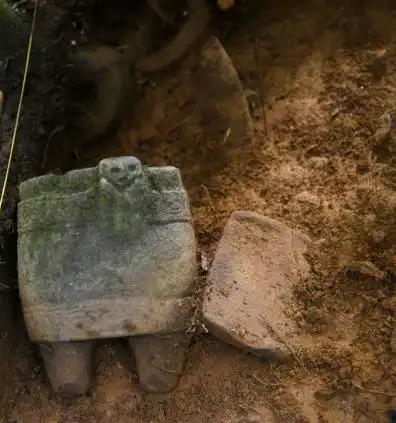
What Type of Treasures are Hidden in La Ciudad Blanca?
Popular stories of the La Ciudad Blanca indicate it was a wealthy city associated with the town or Province of Taguzgalpa which spanish often attempted but failed to conquer.
Indigenous peoples such as the Pech, Tawahkas, and Miskitos speak about a city that cannot be entered or that if regular people do enter, they cannot take anything from it. If they tell anyone where it is, they would be punished.
According to certain legends, it is the hiding spot of deities who fled the Spanish invasion. La Ciudad Blanca’s accounts reference the legend of El Dorado, a fictitious South American site. The Spanish colonial era had a gold mine in Honduras between the Paulaya and Sico Rivers, a place known as El Dorado in Colonial times.
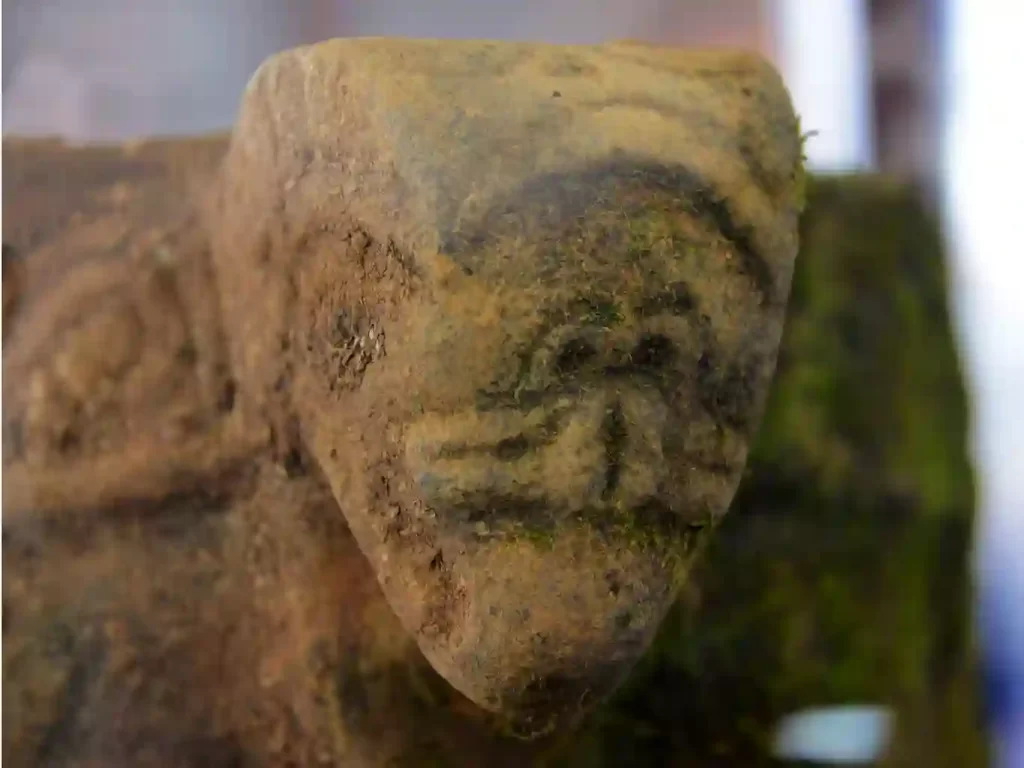
What Happened to the Treasure After They Discovered the Lost City?
The Search party couldn’t stay long enough to track the gold and other treasures. They got infected with Leishmaniasis, a parasitic disease, and were forced to undergo therapy.
Due to the exorbitant cost and dangers that lurk in the bush, the search group has yet to go on a new excursion.
The Location of the Ciudad Blanca
The Honduran Mosquitia, located in northeastern Honduras, is the country’s largest protected area and one of the least explored and most pristine regions of lowland rainforest left in Central America. Even though its 865,000 acres support the highest biodiversity in Honduras, the Honduran Mosquitia remains undiscovered and scientifically unknown.
This location was pushed into the spotlight in 2012 when the remnants of vast urban communities thought to represent the legendary La Ciudad Blanca, or White City were discovered within it. Ciudad del Jaguar is the name given to one of the sites currently under examination (City of the Jaguar).
Conclusion
Was this the legendary White City of monkey gods and lost treasures? Many similar towns previously extended over the La Mosquitia region. Much of the Honduran jungle undoubtedly contains evidence of other ancient remains that have not been explored or recorded due to their remote locations and limited government resources.
The lost city of the monkey god is a genuine, first-hand account of one of the great discoveries of the twenty-first century. It is suspenseful and surprising, filled with rich history, hair-raising adventure, and dramatic twists of destiny. The treasure, however, has yet to be located and is said to be buried deep within the city of La Ciudad Blanca.
References
https://press.discovery.com/us/sci/programs/lost-city-monkey-god/

